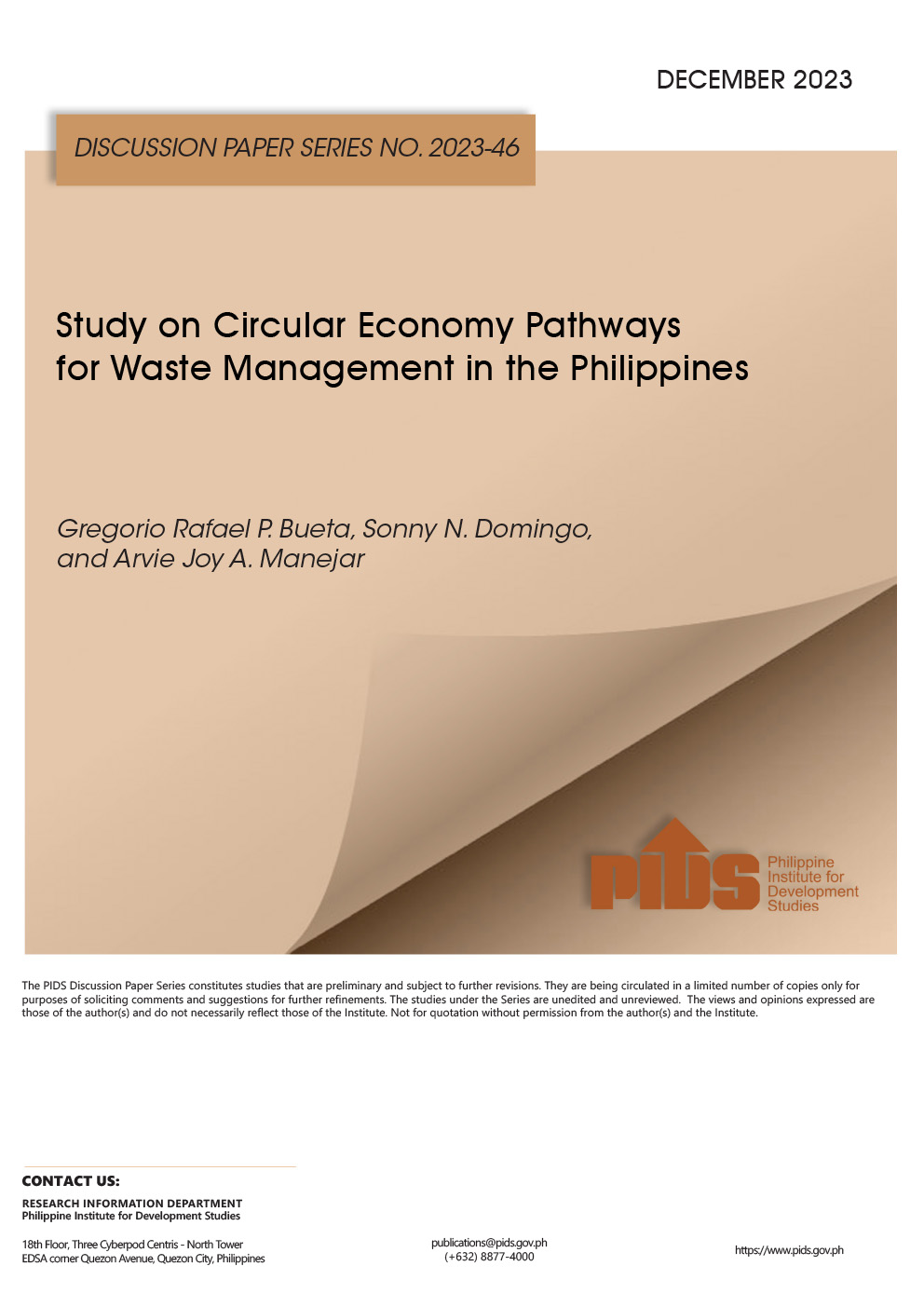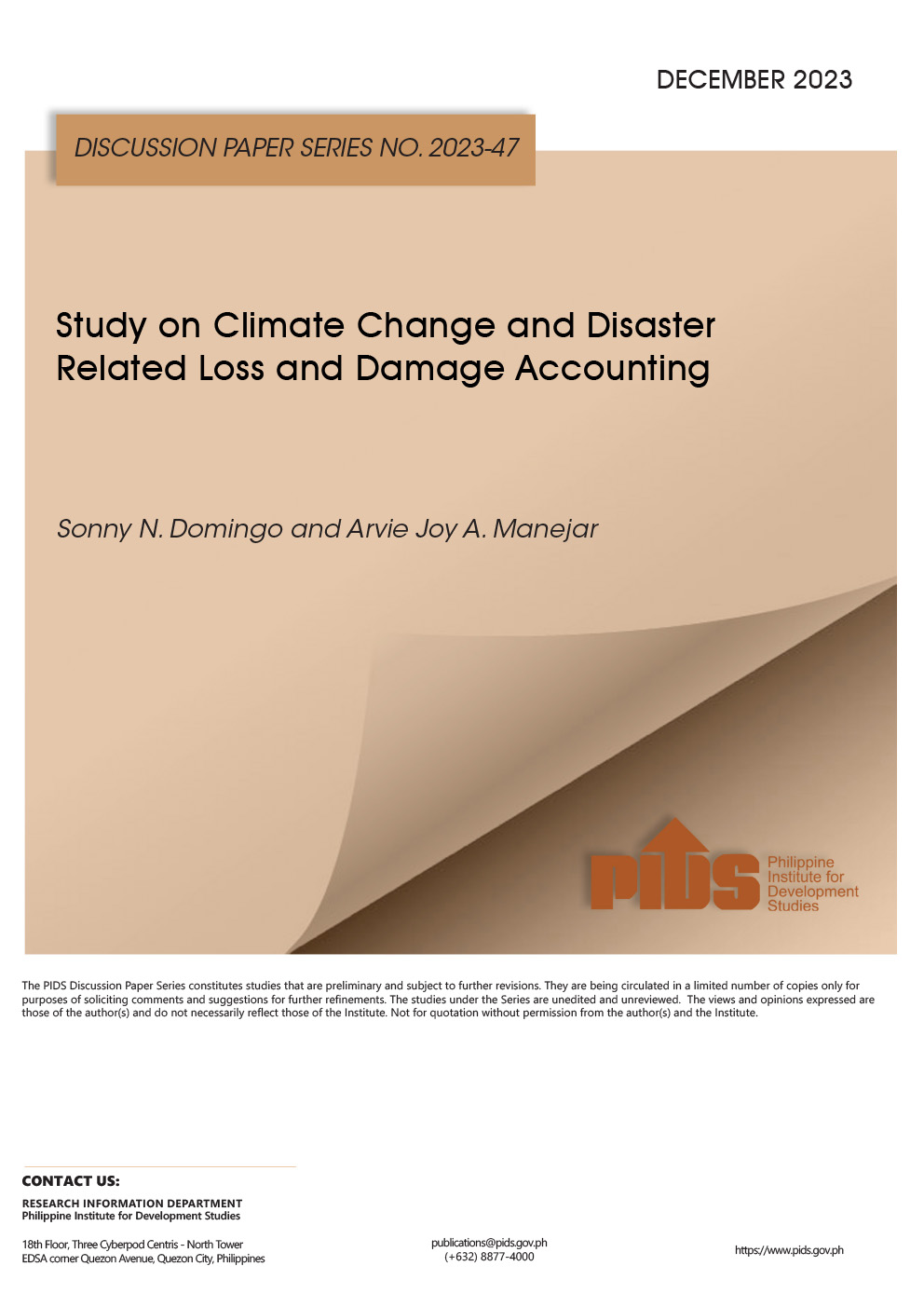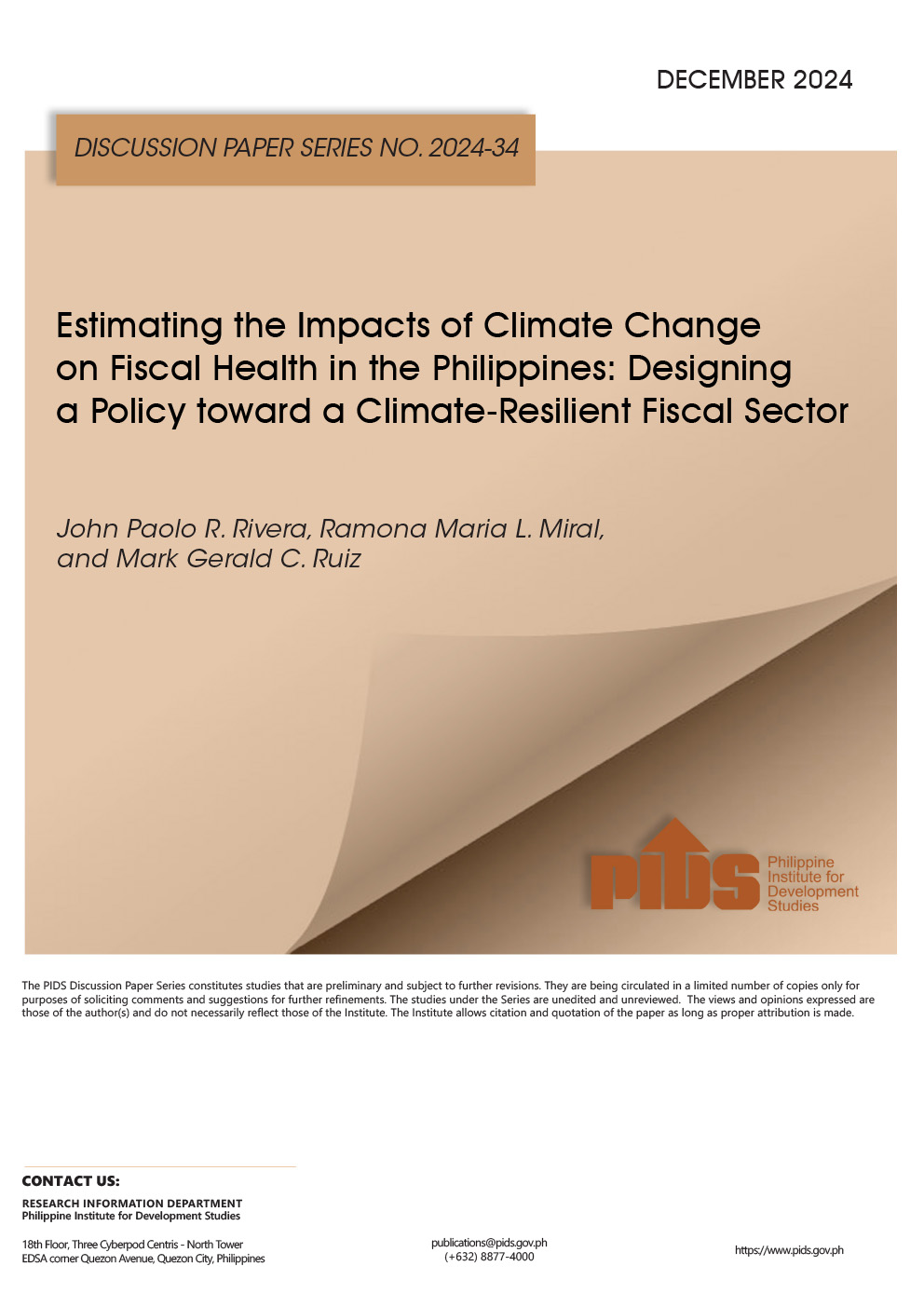MANILA, Philippines — The implementation of a reserve market is seen to spur more investments in battery storage and ancillary capacity to support the needs of the power grid, according to an industry player.
In a webinar organized by the Philippine Institute for Development Studies yesterday, AC Energy Corp. (ACEN) president and CEO Eric Francia said having a reserve market would give power players the push to invest in battery storage, which can complement the aggressive plan to raise the country’s renewables capacity.
“Renewables need to be complimented by battery technology to address the variable nature of renewables or the intermittent nature. Right now, there is no reserve market, so it is difficult to make investment decisions, for example, on battery storage,” he said.
Moreover, the reserve market will also allow power players to determine the grid’s future requirements, allowing them to plan their investments.
“Companies like us will be able to take our own view of the market and build the capacity ahead of an expected demand, knowing that there will be a market to sell to,” Francia said.
Last June, the Independent Electricity Market Operator of the Philippines (IEMOP) said it was fast-tracking the establishment of a reserve market to augment capacity in the power grid in times of tight supply conditions.
The reserve market, a mechanism where generation capacities for power reserves are auctioned off, is targeted to be launched in the wholesale electricity spot market next year.
The IEMOP is drafting changes in the price determination methodology previously approved by the Energy Regulatory Commission to include pricing and cost recovery aspect of the reserve market.
Francia said it is high time power regulators enforce the reserve market given signals in the market that point to tightness in supply.
“We have been talking about this over the last decade or so, but we’re still waiting for that reserve market to happen, and it will really spur more investments, especially in battery storage or ancillary capacity if we have this open and transparent reserve market,” he said.
While power demand significantly dropped in 2020 due to the COVID-19 pandemic, it has already reached the 2019 pre-pandemic level this year as economic activity picked up.
“The drop in April was due to the hard lockdown that we had in April. But now more or less we are back to where we were in 2019 if not slightly more,” Francia said.
Apart from increased demand, the tightness in supply was triggered by the increased rate of outage of coal plants particularly in Luzon.
In 2019, WESM prices averaged P4.93 per kilowatt-hour (kwh) due to plant reliability issued and construction delays.
The COVID-19 pandemic caused a significant plunge in WESM prices to P2.37 per kwh in 2020 but has since recovered to P4.73 per kwh as of August this year due to plant reliability issues, construction delays and the addition of Malampaya gas field’s curtailment.
Reserve market to spur investments in battery storage — ACEN












